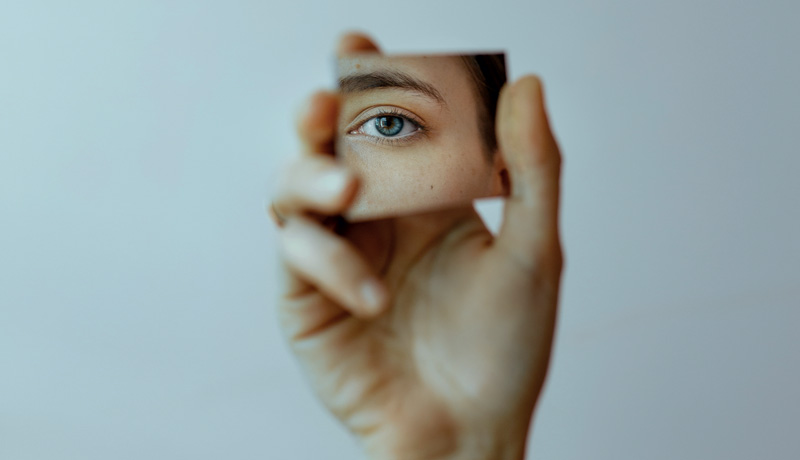
This visual impairment occurs most often when the eyeball is too short or the cornea is insufficiently curved, meaning the image is formed behind the retina and requires a permanent effort of focusing on far vision but even more so in near vision.
Unlike a short-sighted individual, a long-sighted individual struggles to focus on close-up objects but can often see quite clearly into the distance. Although much less common than myopia, this ocular defect can also be accompanied by headaches and visual fatigue.
People are often long-sighted without knowing it… and most people do not realize that they have hyperopia until they are in their thirties.
Hyperopes are often asymptomatic and often have a clear vision from a distance. However, they are frequently subject to eye strain and headaches, mainly when working on a screen or reading. It can also sometimes be accompanied by strabismus.
To detect hyperopia, a simple clinical examination by an ophthalmologist can establish a diagnosis.
Also, hyperopia shows up most of the time by strong signs of ocular fatigue, which can appear at any age, but most often late. Indeed, the accommodation of the eye decreases around the age of 35-40 years, so the vision becomes less clear, especially close. It seems like an early presbyopia. Hyperopia is measured in positive power (preceded by a +) and is said to be low when it is between 0 and 2 diopters, average between 2 and 4 diopters and strong beyond 4 diopters.
There is no significant problem with a low hyperopia (less than 2 diopters) until the age of forty, but the crystalline lens can gradually lose its flexibility due to its natural aging (presbyopia).


Hyperopia can come from several factors; it can be a too flat cornea or an eye too short. Hyperopia can occur at any age. In young people, hyperopia is not corrected in the absence of symptoms, and is actually very common in young children. It will only be corrected if it is severe or accompanied by strabismus.
Symptoms can occur in teenagers and young adults who spend a lot of time reading or working at a computer: a correction is therefore necessary.
Hyperopia can be corrected by wearing convex glasses, by wearing daytime contact lenses, and by wearing DRL® night lenses (for hyperopes with or without astigmatism), which will allow a visual freedom throughout the day.


